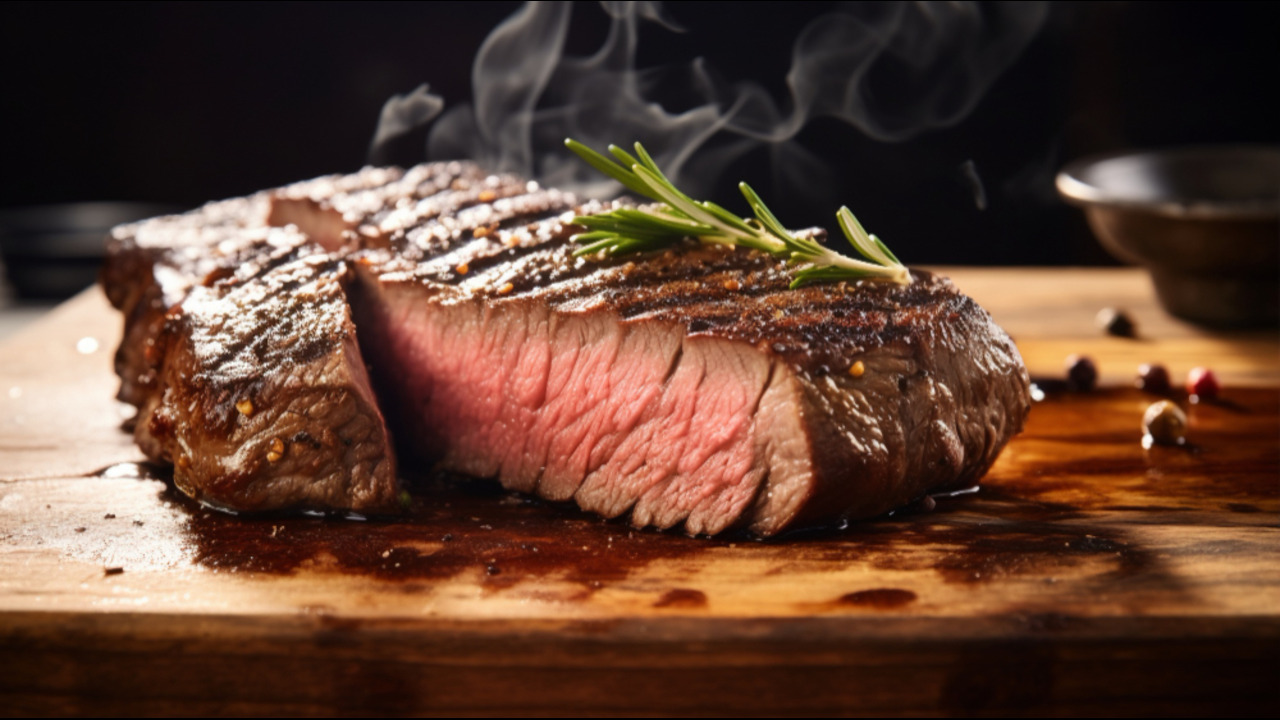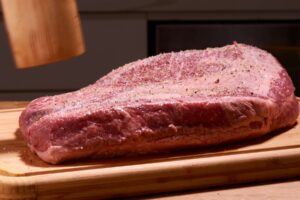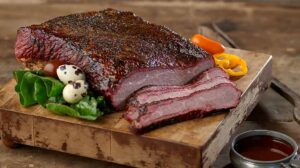No products in the cart.


Smoked brisket recipe: Nothing compares to the flavor and aroma of a well-smoked brisket. This classic barbecue dish is a true labor of love that calls for accuracy, perseverance, and a love of flavor. This book will teach you everything you need to know to make a delicious smoked brisket that will have everyone begging for seconds, whether you’re an experienced pitmaster or a BBQ newbie.
The butcher shop is where the quest to the ideal smoked brisket starts. When choosing your brisket, pay attention to:
It takes careful planning to have a successful smoking. Here’s how to prepare your brisket:

You can utilize the Texas Crutch technique to assist keep the brisket moist while accelerating the cooking process. Here’s how to do it:
Even with a perfectly smoked brisket by itself, these serving suggestions will make your barbeque feast even more impressive:

Smoking brisket presents obstacles even for experienced pitmasters. Here are some pointers for resolving typical issues:
Smoked brisket recipe: Enjoying a satisfying experience while cooking delectable cuisine with friends and family is smoking a brisket. You can become an expert at smoking brisket with a little bit of practice, perseverance, and planning. This smoky brisket recipe will wow and fill you up whether you’re having a cookout on the weekend or throwing your own backyard bash.
Now light up your smoker, get a refreshing beverage, and prepare to savor the greatest brisket you’ve ever had. Enjoy your smokes!
100% Original product, do not sale them as we are licensed.
Your payments are secure with our private security network.